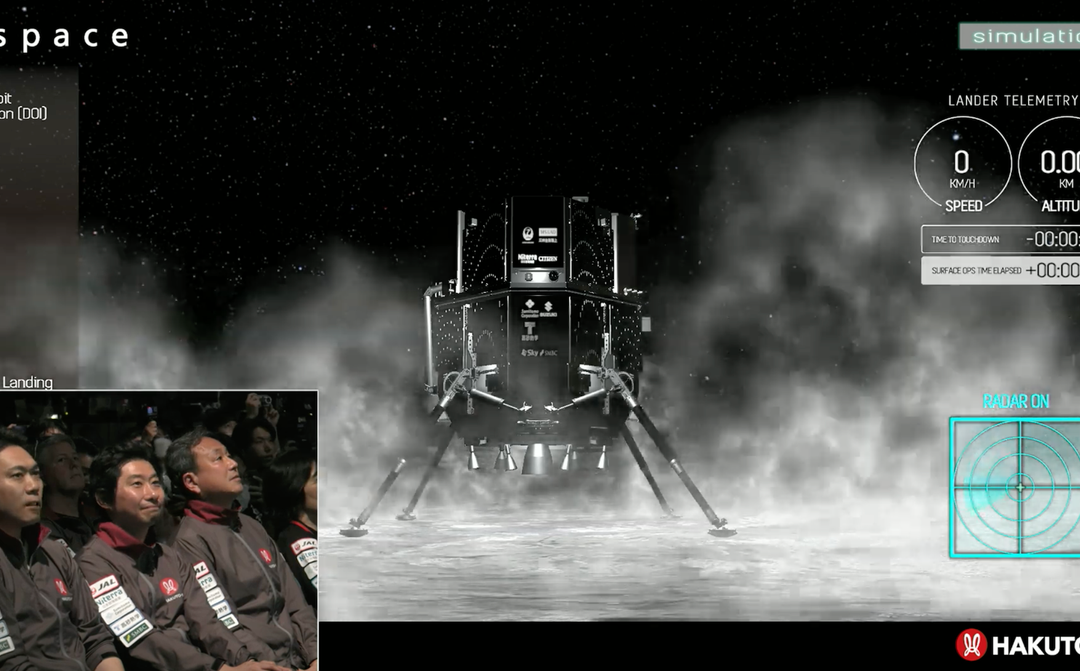The successful landing of a Japanese spacecraft on the moon has only encountered a little hiccup.
With the probe landing on Saturday, January 20, the nation’s space agency, JAXA, said on Thursday, January 25, that its maiden mission to the Moon had been successful.
With its SLIM probe, Japan is become the fifth nation in history to have made it to the moon.
The other five nations that have made successful moon landings are the United States of America, the Soviet Union, China, and most recently, India.
READ MORE: Scientists Issue A Dire Warning To NASA, Stating That Its Current Plans Could “Destroy” The Moon
But Japan’s endeavor ultimately took a different turn.

The area that SLIM was going for on this occasion was only 100 meters broad, or one-hundredth of the size, as opposed to the 10 kilometers that had been the target of prior landing attempts.
But as the probe descended, it ran into trouble when, at 50 meters above the Moon, one of the engines abruptly failed.
This unexpected problem resulted in a harsher landing than anticipated.
READ MORE: The Moon Could Be 40 Million Years Older Than Previously Assumed
A little while later, two autonomous probes that SLIM had launched prior to descent returned pictures indicating that the probe had touched down safely, albeit it did seem to have fallen upside down.

Oops!
The spacecraft’s “landing attitude” was impacted by a “abnormality in the main engine,” according to a JAXA statement.
However, the probe was able to touch down in the somewhat smaller target area.
And if it lands upside down, the project might run into more issues.
READ MORE: NASA Spacecraft Is Scheduled To Make A Solar “Landing” Attempt
Its solar panels are not pointed in a direction that may produce power because it is upside down.

The BBC reports that three hours after landing, the lander’s solar cells failed, forcing officials to place the probe into sleep.
They remain optimistic, nevertheless, that the probe may turn out to be completely operational.
In the next days, they are hoping that the Moon will reach its lunar daytime, which will enable the gadget to refuel.
The photographs of the probe that project manager Shinichiro Sakai had seen matched the ones he had envisaged and seen in visualizations of the landing, Sakai said.
“Something we designed made the trip all the way to the moon and captured that picture,” he declared. It nearly knocked me down when I saw it.
“We proved that we could land anywhere we desired. A new era has begun because of us.”
The goal of the SLIM probe, sometimes known as “the Moon Sniper,” is to uncover information regarding the Moon’s formation.
In September 2023, it was launched aboard a Mitsubishi Heavy H2A rocket.
It began its orbit around Earth and then moved toward the Moon, entering orbit around Christmas Day of 2023.
Radiant and America Nu, offering to elevate your entertainment game! Movies, TV series, exclusive interviews, music, and more—download now on various devices, including iPhones, Androids, smart TVs, Apple TV, Fire Stick, and more.



